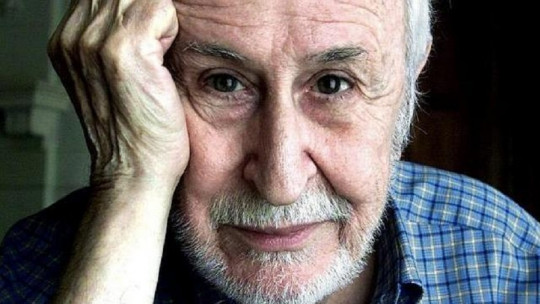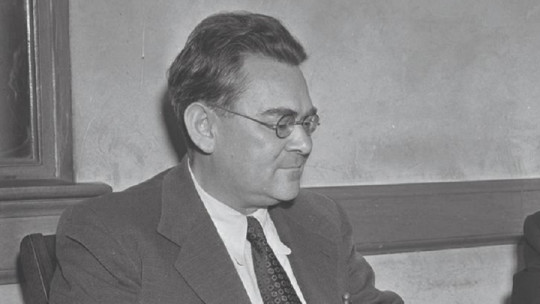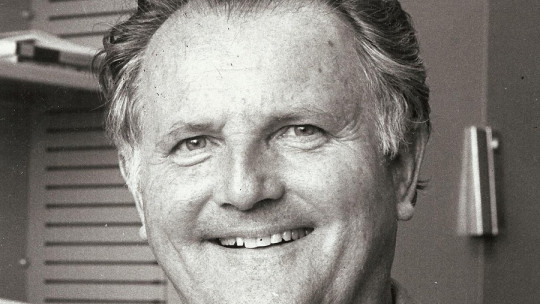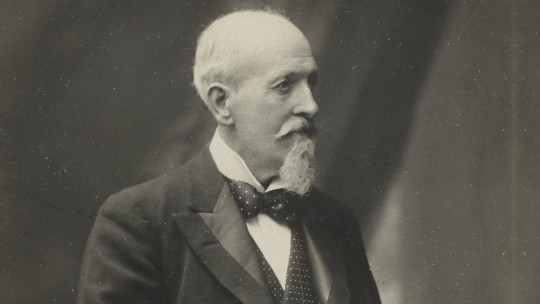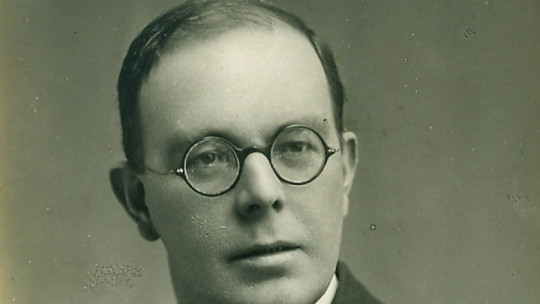Hans Eysenck was a German-English psychologist. well known for his theories on personality He has gone down in history as one of the most influential figures in modern psychology and his theories continue to be discussed and used by both psychologists and other experts in human behavior.
In this article we review the life of this psychologist from a very condensed biography of Hans Eysenck detailing some characteristics of his life and work.
Hans Eysenck: biography of one of the fathers of modern psychology
Hans Eysenck was born on March 4, 1916 in Berlin, Germany. He grew up and lived in that city until 1934, when he was forced to take refuge first in France and then in the United Kingdom by the Nazi regime.
His parents were actors, who when they separated and faced with the conditions of the country, moved to France. Eysenck grew up with his maternal grandmother, Frau Werner, with whom he had a free education full of intellectual and cultural stimuli. He quickly distinguished himself as a good student and even a good athlete.
Finally he had to emigrate and it was in London where he began to study psychology (at the University of London). In the same city he worked as a clinical psychologist and even carried out management tasks at the Institute of Psychiatry.
Hans Eysenck is credited with constructing one of the strongest personality paradigms in the history of psychology. There are those who even consider him “the father of psychology.”
Their areas of work and research
While he was a student, Eysenck participated in various meetings and reviews of theories about intelligence. Together with some American intellectuals, also developed therapy options different from psychodynamics, which was the most popular at the time.
He also realized that psychology as a science was taking a backseat to psychiatry. Eysenck remained interested in claiming the status of the former and seeking cooperation between the two.
In the same way He remained critical of the diagnoses made by psychiatry He saw many contradictions and difficulties in defending them theoretically. From these experiences he developed his own model of personality, recovering many of the approaches of more classical philosophy and psychology.
Beyond measuring personality, he insisted on the value of knowing it, and interested in solving the problem of the taxonomy used in psychiatry, Eysenck maintained that personality does not occur on the normality-neurosis-psychosis continuum, but rather The dimensions that best represent this are neuroticism and psychoticism
Based on this, he conducted studies with many of the people he worked with as a clinical psychologist, people who had a psychiatric diagnosis and people who did not. After analyzing the data, he proposed two key factors for personality: neuroticism and extraversion.
Years later and based on new studies, adding a new dimension: psychoticism. He finally presented a model organized hierarchically into four levels that range from personality types and their traits, to the specific responses that correspond to each one. This work shaped what is known as the PEN model of personality
From personality to intelligence
Through his studies, Eysenck developed the famous psychotic-extraversion-neuroticism model of personality, with biological factors for each, that is, highlighting the role of genetic inheritance in the development of personality. For example, maintained that psychological differences and their hereditary determinants can be empirically contrasted
This was what finally led him to develop research on topics related to personality, but that go a little further, such as intelligence, creativity, the relationship between genes and culture, criminality, sexuality, the relationship between personality and diseases or addictions, among others.
Many of his studies on IQ and its relationship with cultural systems received much criticism. For example, his theories have been used both to justify racial dynamics and to refute them.
His latest studies focused on the analysis of creativity and its relationship with biological factors. AND His personality model has been adapted to numerous psychometric tests to evaluate both intelligence and personality traits. They are currently used in the clinical, educational, vocational and work areas.
Outstanding works
Among his most important works are: Personality Structure and Measurement of 1969 (Personality structures and measurement), The Structure of Human Personality 1970 (The Structure of Human Personality), Genes, Culture and Personality of 1989 (Genes, Culture and Personality).
On the specific relationship between intelligence, personality and biology, some of his most important works are The Biological Basis of Personality of 1967 (The biological bases of personality) and Personality, Genetics and Behavior of 1982 (Personality, genetics and behavior).



